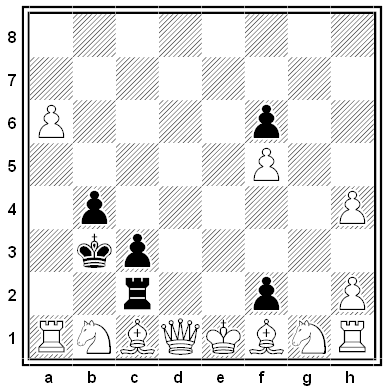
Anthony Trollope established himself as one of the world’s most prolific novelists while holding down a 30-year career as a full-time civil servant.
He did this by simply demanding it of himself. Even while traveling he rose at 5:30 each morning and worked for three hours, “allowing himself no mercy,” counting words as he went and noting his progress on a chart, “so that if at any time I have slipped into idleness for a day or two, the record of that idleness has been there, staring me in the face, and demanding of me increased labour, so that the efficiency might be supplied.” He disdained inspiration: “To me it would not be more absurd if the shoemaker were to wait for inspiration, or the tallow-chandler for the divine moment of melting.”
“All those I think who have lived as literary men — working daily as literary labourers — will agree with me that three hours a day will produce as much as a man ought to write,” he wrote in his autobiography. “But then he should so have trained himself that he shall be able to work continuously during those three hours — so have tutored his mind that it shall not be necessary for him to sit nibbling his pen, and gazing at the wall before him, till he shall have found the words with which he wants to express his ideas. It had at this time become my custom … to write with my watch before me, and to require from myself 250 words every quarter of an hour. I have found that the 250 words have been forthcoming as regularly as my watch went.”
His brother Tom said, “Work to him was a necessity and a satisfaction. He used often to say he envied me the capacity for being idle.”








